Who are the people behind ENDURO Magazine? What does it take to create one of the world’s most popular bike magazines? How and where do you find the right colleagues and what makes the ENDURO team so special? This is a story about € 6,000 from grandma Schmitt, racing DNA and a pioneering spirit.
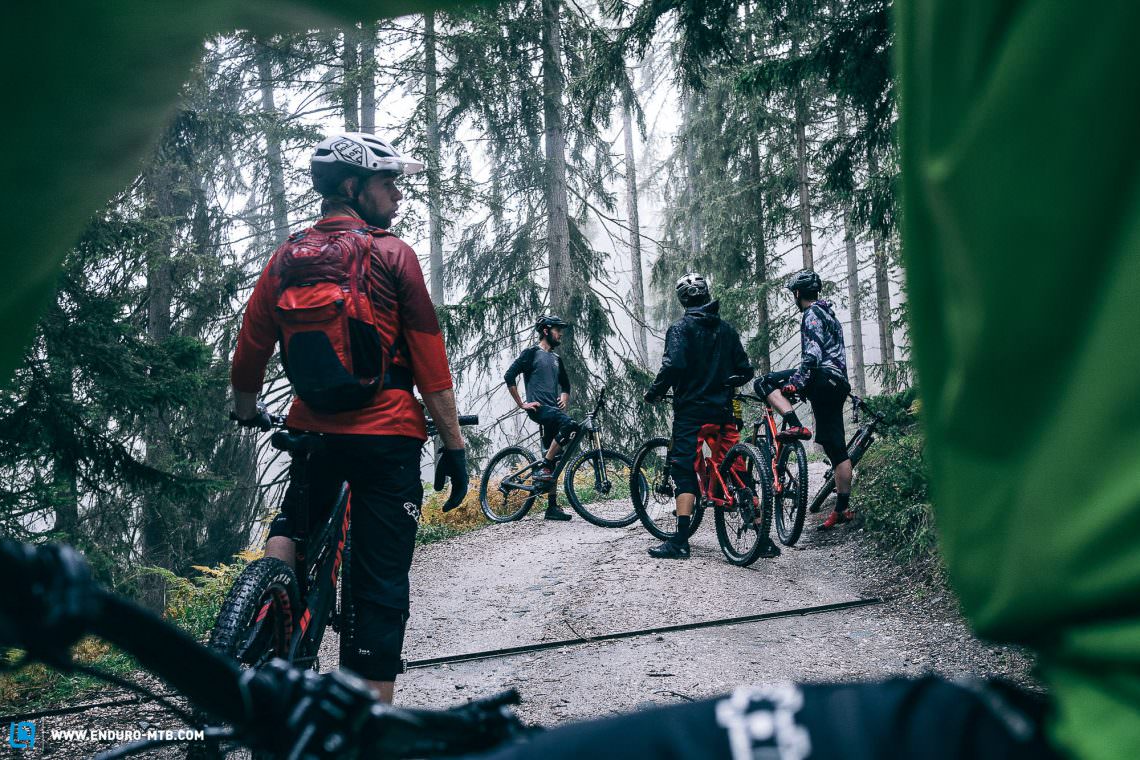
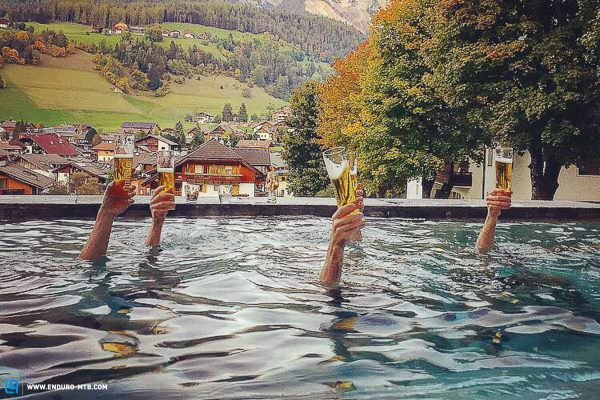

Table of contents
- Digital? Who needs that?
- Racing in our DNA – Racing team or magazine?
- Profession or calling? Quit university or gain experience?
- Grandma instead of investors – € 6,000 in startup capital
- The Schmitts – The core of the 41 family
- The question of the carrot and its meaning
- Combinism – Work or life?
- No matter the type of handlebar on your bike, we stick together
- Pioneering spirit/identifying potential
- The future is our friend, not our opponent
For over nine years, ENDURO Magazine has been providing you with the most important reviews, inspiration, pioneering content and more. Anyone who’s been with us from the beginning knows how hard we rocked enduro races in our mid-twenties, organised trail parties and Tinder campaigns, and raced a Defender and a Porsche 993 to go ride in the Black Forest – we were always at the limit, and sometimes overstepped it. The fact is that we’ve grown older and some of us have even settled down to start families. In turn, the magazine, team and company have also matured and grown wiser. Over the years, we’ve become an international family that holds together through thick and thin while leading truly extraordinary lives.
After receiving repeated letters from readers asking us to introduce ourselves, wanting to know who the people are that make this magazine possible and how it came about, we decided to write our autobiography. Of course, it’s impossible to be objective, but that’s what makes it all the more personal. There’s a lot that you won’t know about us and admittedly, we should have done this a lot sooner – it’s always nice to get to know the people behind the words you regularly read.

1. Digital? Who needs that?
ENDURO wasn’t always ENDURO. The magazine’s beginnings date back to 2008, when a colourful bunch of ambitious and talented mountain bikers tried to channel their creativity and launched a digital downhill magazine called MAG41 as a side project. The founding members were students, mechanics, graphic designers and young journalists working for the print magazine MOUNTAINBIKE, published by Motorpresse Stuttgart.
They never dreamt of starting an international magazine and making a living from it. Instead, they simply enjoyed showing off their talents. With the launch of the iPad in 2009 the first edition of MAG41 was launched and presented at EUROBIKE. The MAG41 team quickly realised that what they had done wasn’t just very good, but that both readers and the industry wanted more of it. However, at that time they hadn’t even registered a company or other legal entity to represent the magazine. When the young editors of MAG41 wanted to merge their futuristic concept with Motorpresse’s portfolio, management turned them down. No one needs digital and there’s no market for a gravity-specific publication…
Two years later, this statement would lead the founding brothers Max-Philip Schmitt and Robin Schmitt, to take the reins into their own hands. However, a few other things had to click into place before that happened.
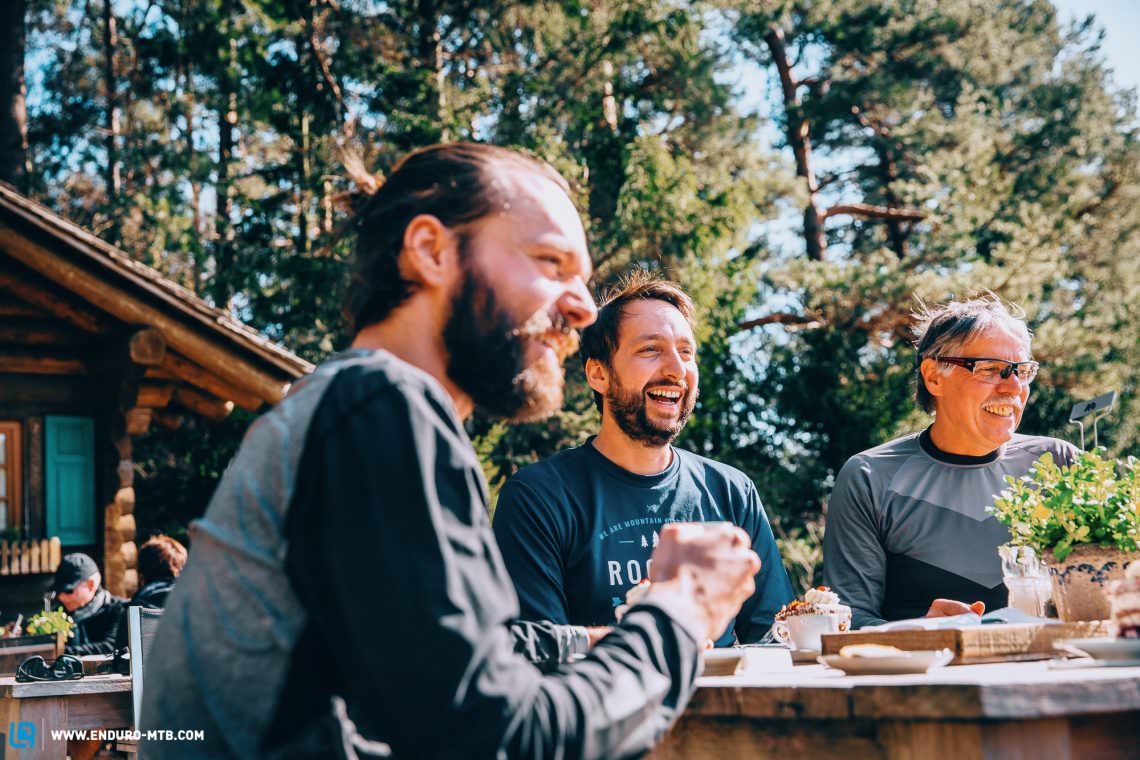

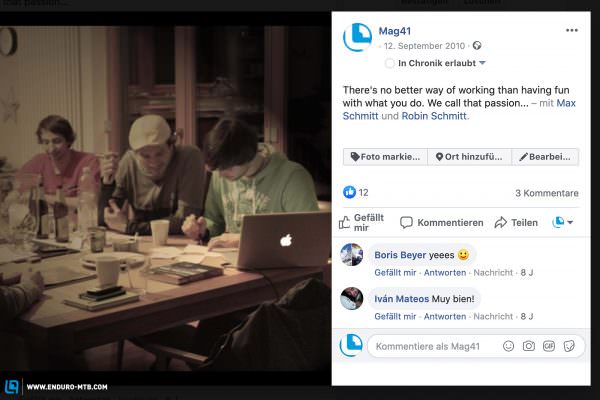
2. Racing in our DNA – Racing team or magazine?
Long before the first issue of MAG41 was released, many of the team members lived for racing. There was a reason that MAG41 was a downhill magazine – founding member Robin Schmitt regularly competed at downhill races from the tender age of 17 and he was no stranger to the podium. That’s where he got to know the people with whom he founded a racing team in 2010, with select World Cups as much a part of the season schedule as the European Downhill Cup and the German Championship. It was there that team riders Benny Strasser and Noah Grossman took gold and silver. With youngster Ferdinand Brunold in the team, they were just as successful at promoting young talent. In 2011, MAG41 Racing was the most successful German downhill team! Some time later, a few of the members started competing at the first Enduro races across Europe, claiming numerous podiums. Amongst others, there was Fabian Scholz, who was to become the 2015 German Enduro Champion and 2019 German eMTB Champion – how times have changed!
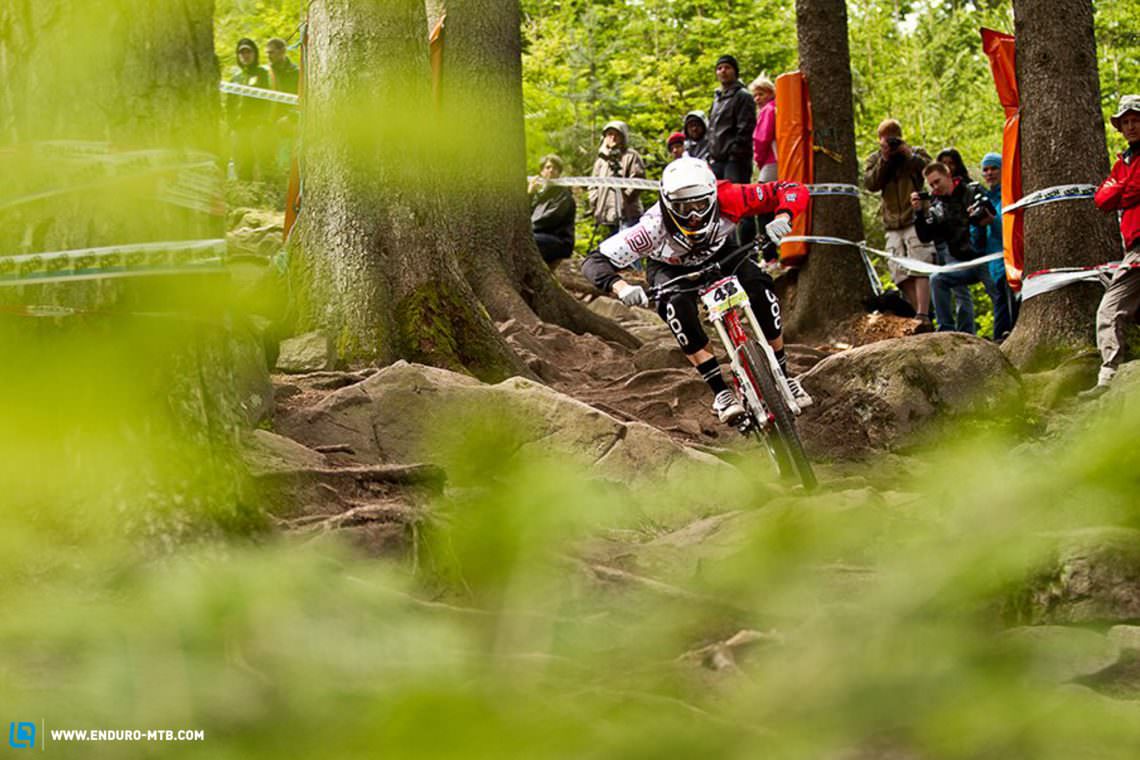

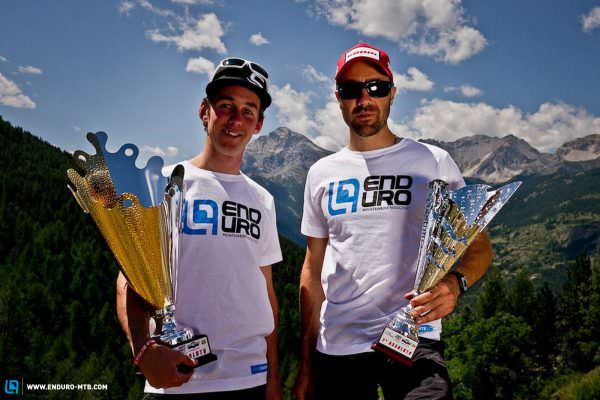

3. Profession or calling? Quit university or gain experience?
A lot changed in the two years following the first issue of MAG41 in 2009. After being turned down by Motorpresse, there was a lot going on and it took more than a year for the second edition of MAG41 to come out. Day-to-day life caught up with most of the team. Student life demanded more of their time and priorities shifted. While the downhill team flourished, the magazine was about to fizzle out. However, Robin and Max continued to believe in the potential of the concept and didn’t want to let the magazine die. After all, SRAM had just invited the small underdog to a global press camp: it was a milestone as much as it was an incentive and obligation to publish the third edition. Then, the two brothers made a decision that seemed both risky and crazy:
How can you quit the final semester of your degree to start a bicycle magazine!?
In Germany, people generally avoid gaps in their CV and prefer to stay on the safe side. However, security is an illusion – there are twists and turns in life that are beyond our control. This also includes opportunities that you need to grab when your gut feeling tells you to. Robin and Max simply weighed up the pros and cons of their decision. What did they have to lose as students and what could they gain? Even if their business failed, the semester they missed wouldn’t be a loss. After all, they would gain experience and learn things that you never get taught in college.
It was always clear to them that if you want to achieve extraordinary things, you have to take extraordinary steps and continue going when others give up. You can’t dream big and then stay on the safe, well-trodden path that thousands of people have taken before you. Admittedly, if they had known how strenuous the first few years would turn out to be and how much they would have to sacrifice, they probably wouldn’t have done it. Yet, it is precisely in these years that they gained the experience and insights that they couldn’t have gotten from any degree. Instead of following the path that’s drummed into you at university, Max and Robin blazed a new trail with their steadily growing team into the as yet unknown world of the digital age.


4. Grandma instead of investors – € 6,000 in startup capital
Robin and Max founded their company at the age of 21 and 23 respectively and grew their beards out so that the industry would perceive them as mature and trustworthy. Their budget was as limited as their worldly experience: with € 6,000 in startup capital from grandma, they founded 41 Publishing. They built it up to what it is today, one of the world’s most progressive and influential independent publishing houses in the bike industry, entirely without investors.
Max and Robin quickly realised that MAG41 wouldn’t be a suitable name in the long run. By then they rode almost exclusively on their new-fangled enduro bikes instead of standing in the queue for the chairlift with their downhill bikes. The new trend quickly inspired a new name. MAG41 became ENDURO Mountainbike Magazine and the scene supported us in ways we couldn’t have imagined. We have to thank riders including Nicolas Lau, Rémy Absalon, Anka Martin, Dan Atherton, Manuel Ducci, Enrico Guala, Jerome Clementz, Andrea Bruno and Nicolas Vouilloz among others. We are extremely grateful to this day!
As a pioneer on Facebook, ENDURO used social media like no other magazine at the time, at times gaining over 5,000 new fans per week, totally organically, because Facebook’s algorithm liked the new magazine and the quality of its posts. ENDURO reached millions of people around the world. Suddenly, the young team had free, worldwide visibility that would cost serious amounts of money today. This success inspired Robin and Max to expand globally. The magazine quickly had fans around the world, sponsored enduro races nationally and internationally (even in the Philippines) and the two brothers built up an international editorial team. Two years after it was founded, there was a UK base, and simultaneously the ENDURO team found US editors in California and Colorado.

5. The Schmitts – The core of the 41 family
Many smart, but also serendipitous decisions and events, led to ENDURO finding the right mentors and support at the right time. Problems were seen as challenges and the ultimate opportunity to prepare for the growing responsibility in view of its growing success. Everyone focused on what they could do best and above all on what interested them most. Max took care of the finances, Robin took care of the content and the first employee, Aaron, was the technical guru steering the website strategy. Of course, our path to success was accompanied by countless other talented people who have had a decisive influence on our development and whom we cannot thank enough. This includes the entire ENDURO team as well as numerous mentors, companions and people who inspired us:
Thank you Julio Vicioso. Thank you Markus Stenglein. Thank you Johann Flickinger. Thank you Patrick Sauter. Thank you Daniel Geiger. Thank you Sebas Romero. Thank you Lado Fumic. Thank you Chris Pauls. Thank you Benjamin Hahn. Thank you Daniel Adams. Thank you Daniel Häberle. Thank you Maurice von Kahlden. Thank you Fabian Scholz. Thank you Elmar Keineke. Thank you Fex Schwarz. Thank you Cesar Rojo. Thank you Dirk Belling. Thank you Hinnerk Polenski. Thank you Sifu Taner Erdogan. Thank you Christian Lämmle and of course thank you to Manne Schmitt and Andrea Herderich-Schmitt, the parents of Max and Robin, and thank you Grandma Irma Schmitt for the initial loan of € 6,000 without which this wouldn’t have been possible.

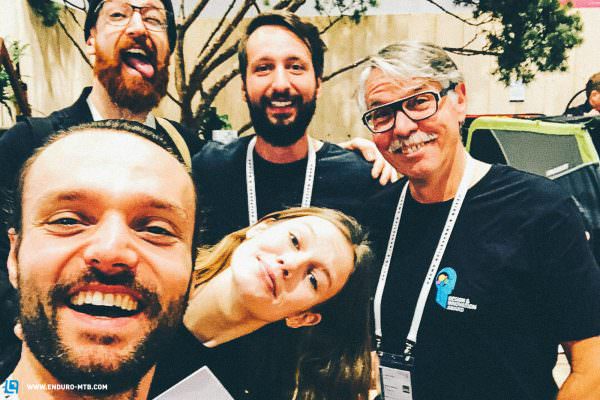

Of course, since then Robin and Max have paid back their grandmother and their dad Manne officially joined the company in 2018 after retiring as head analyst of a state agency. Over the last few years, our team has grown exponentially. Many new bike enthusiasts have joined us and only a few have left us. Manne, Max and Robin form the core of the 41 family, which has grown to more than 30 members, half of whom are permanently employed. Among them are career changers as well as doctors, engineers and communications experts.
We don’t all sit in a large open plan office in some sterile complex but are spread all over the world. Around 10 of us work in the headquarters in Leonberg, right in the heart of Swabia. Others are in our alpine office in Chiemgau or in our UK office in the Tweed Valley in Scotland. Others work remotely, be it from Lisbon in Portugal, Madrid in Spain or Cape Town in South Africa. Every person in our team has found their own way of living, which is made possible by the job on the one hand but also enriches our magazine tremendously on the other hand.
6. Dream company? The question of the carrot and its meaning #workworkbalance #lifelifebalance
Almost every modern company today has a mission statement which is supposed to clarify its purpose. We often find them a little much. Everyone seems to want to save the world, but who really asks, why are we doing this? What good will it do if we achieve ever bigger goals, earn more and more and have less and less time to ourselves?
Who doesn’t know the metaphor of the donkey with a carrot dangling in front of its nose? Those who are only motivated to do something because of an extrinsic reward will have more than a motivational problem in the long term. When you ‘have to’ do something, the result is never as good as when you ‘want’ to do something of your own accord.
Finding the right work-life balance is never easy, which is why we try not to make work feel like work. Not with the help of foosball tables in the cafeteria, big promises or mega bonuses, but by the fact that everyone in our team has the opportunity to realise their full potential. In short, our motivation comes from within. This includes a lot of respect for every person in the team, their talents, their lifestyle and their way of working.
A sensible balance of responsibility, a creative mindset, pioneering spirit and flexibility are the basic ingredients. The mission of our company is not only to be successful but to offer everyone in the team the opportunity to grow, live their dreams and evolve.

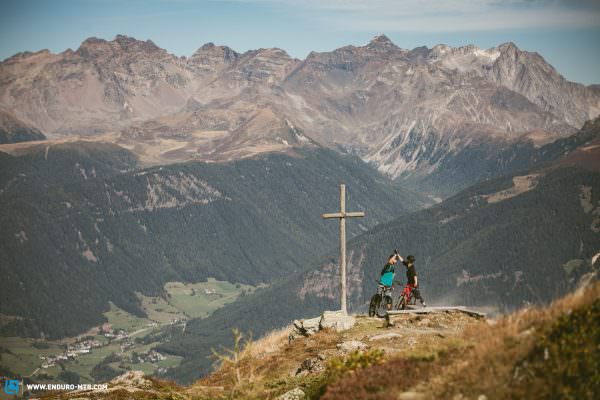
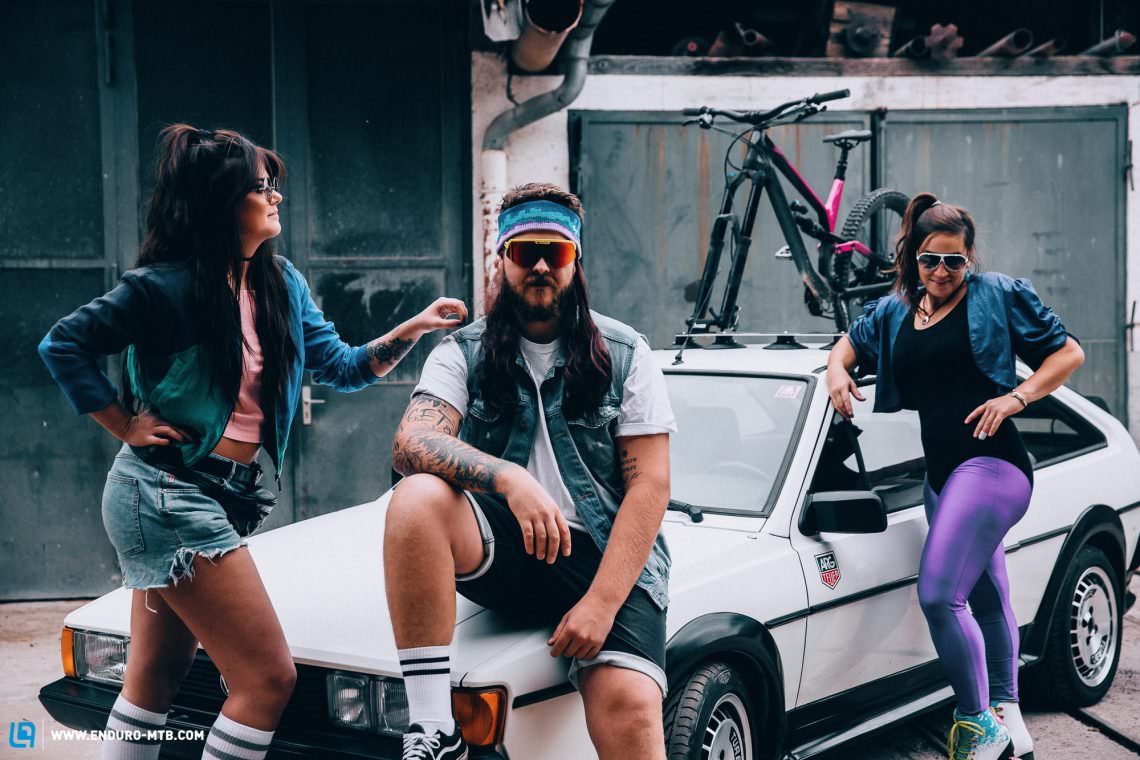
7. Combinism – work or life?
Work is a big part of our lives. In turn, complaining about work means complaining about life – at least a part of it. A higher salary might help as compensation in the short term, but in the long run, finding a job that suits you is the smarter thing to do. A job where you don’t have to pretend to be something else, but can simply be who you are. Exactly this applies to our company – we love our work so much because we do everything ourselves, we don’t outsource everything or have to optimise the numbers on a balance sheet. Our focus is on doing cool shit, being honest to ourselves and our readers, and inspiring others with our work.
We don’t have to and don’t want to grow at all costs. What’s the point of the stress that comes with running a giant corporation when your life sucks and you’ve got investors sitting on your back? What good is selling out for a fat wad of cash if your daily routine is zero fun and so strenuous that you think, ‘F***, despite all this success, life is somehow still shit. – Robin Schmitt
That’s why every day we try to be a company that’s there for the team and a team that’s there for the company. Of course, we also have misunderstandings and occasionally have to have a serious word when things go wrong, but our focus is not so much on the problem itself, but on solving it and avoiding it in the future. Our team’s mutually constructive criticism enables continuous improvement. Above all, it’s never about justification, ego or power struggles.
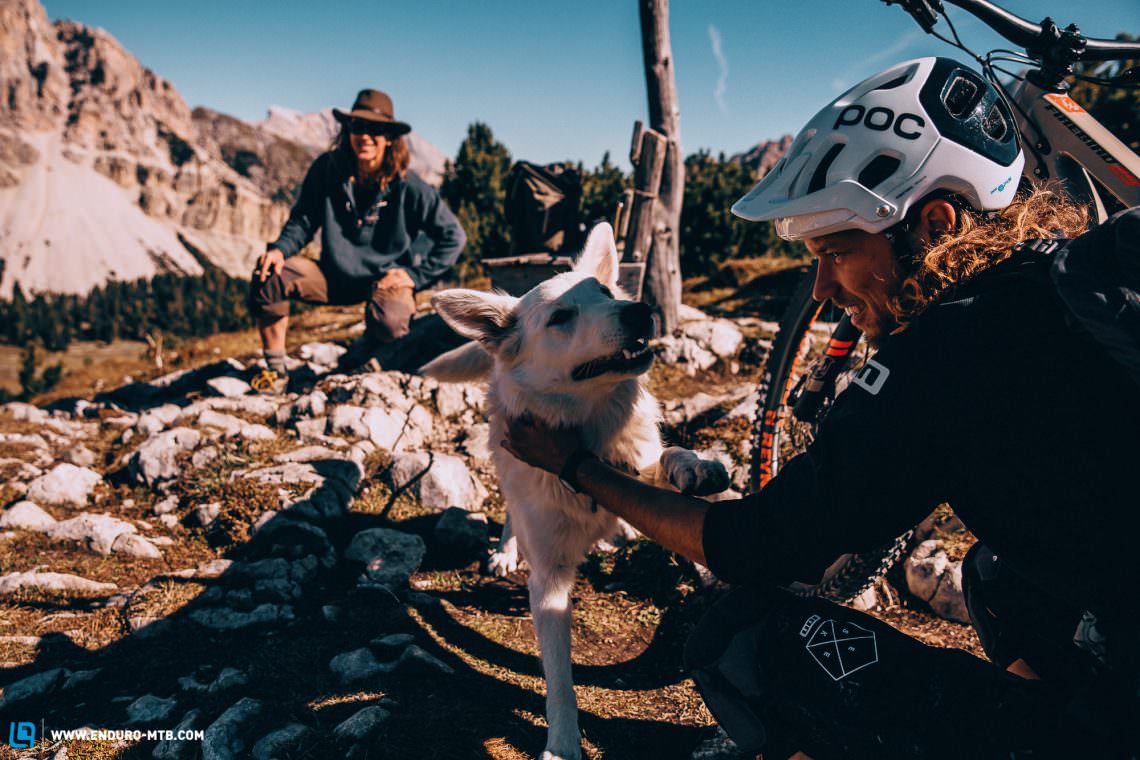
8. No matter the type of handlebar on your bike, we stick together
Our most unique trait is probably that we built our company in such a way that it allows us to have a free-spirited lifestyle. That is the core of what makes us so unique. The true value of our work and lifestyle can’t be read from a bank balance. It is based on other, more important criteria. We are a family that provides support to each other and in which everyone can be who they are. Here, everyone can self-actualise and is actively encouraged to do so. We don’t orient ourselves by what others do but go our own way. Naturally, that also includes constantly taking on new challenges and testing ourselves. That’s exactly what sets our team and our stories apart. Instead of either-or, we often ask, why not both?


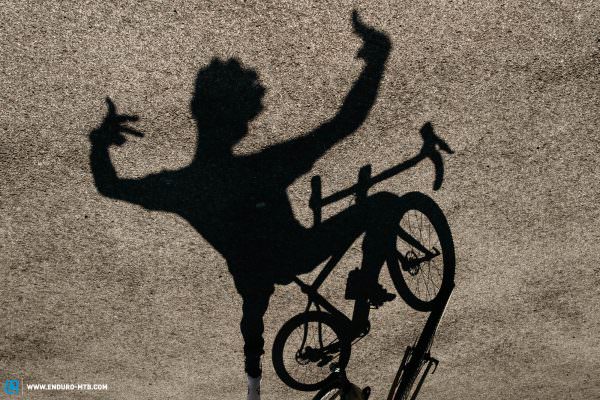
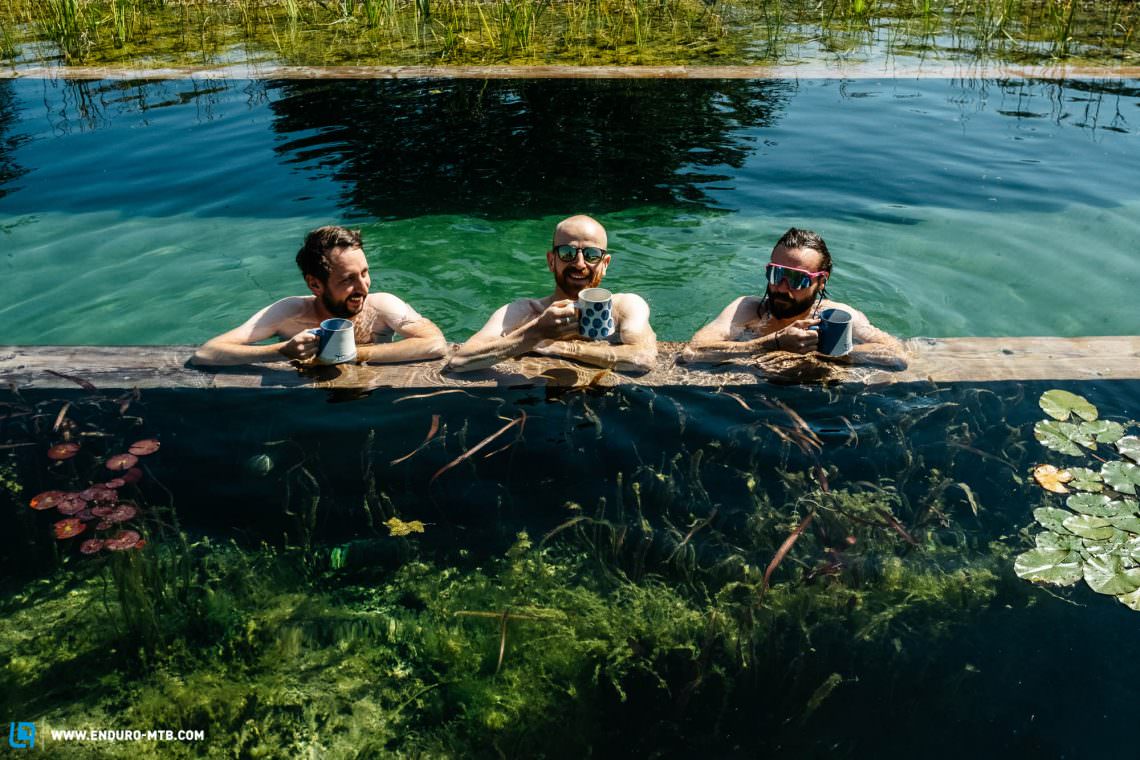
That’s why a big part of the ENDURO team doesn’t just stick to the trails but also explores asphalt and gravel roads with GRAN FONDO Magazine and discovers completely new horizons with E-MOUNTAINBIKE Magazine. Just because we love one thing doesn’t mean we have to exclude another. This is why our international magazines often look beyond the horizon, helping colleagues and writing stories that go far beyond the topic of ‘bike’. Why not go on a European tour with rock stars like the Dropkick Murphys? Why not go surfing in Portugal with our Art Director Julian? Why not question status symbols? Why not talk about the true meaning of luxury and cruise around Barcelona in a € 1 million Porsche? And then question everything again years later? Why not make watches the central element of a road bike fashion shoot? Why not look for the ride-life balance in a Zen monastery? Why not find ways to unite three generations and go riding with your father and your son? Why not consider our trail dog’s thoughts? Why not visit the metropoles of the world only to escape them? Fancy a trip to Barcelona, Vienna, Zurich or Lisbon?
When it comes to stories, we’re not just talking about bicycles, but about a lifestyle that’s open to diverse interests and passions. No matter the type of handlebar we’ve got on our bike, we’re a family.



9. More leaders or more followers? Leading with a pioneering spirit
In everything we do, it’s never just about a sport but about a lifestyle. We don’t want to be an editorial team pushed around by suit-wearing clowns in a major publishing house. We are still a small family reaching for the stars. Of course, growth and development are high on our agenda but only to the extent that makes sense for us. When the point comes where our work starts feeling like we’re stuck in a hamster wheel, we need to think about the course of the company and do what we do best: identify and exploit new potential. That’s why we like testing the untrodden path, where we have little to orientate ourselves by and can make full use of our pioneering spirit, leadership skills and strong vision.
Max and I are very different, but that’s our strength. We complement each other. The fact that we are self-taught allows us to go our own way and exploit potential that many people don’t immediately recognise. – Robin Schmitt
In just under 10 years of company history, an incredible amount has happened in the bike industry. We were usually ahead of the curve or right there from the start and were able to set new trends and actively help shape them.
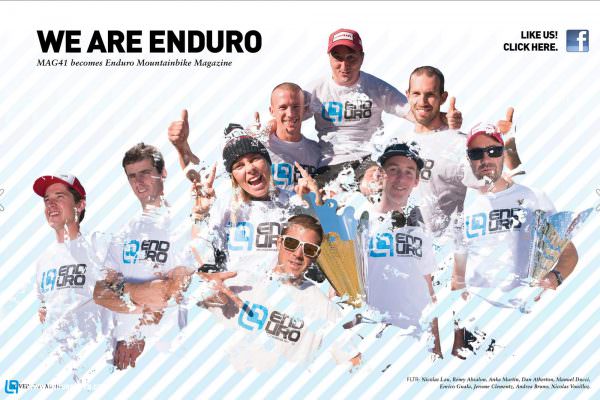
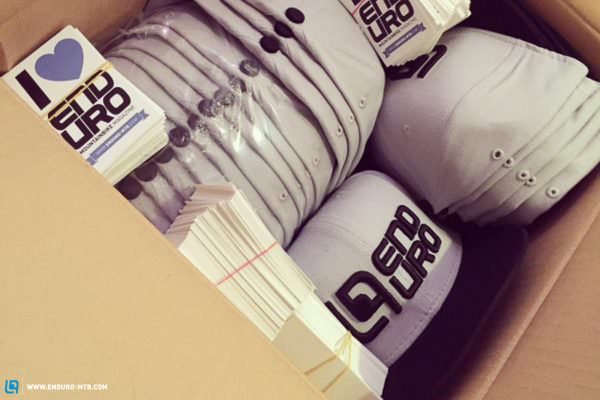
ENDURO Magazine was launched in 2012, exactly one year before the Enduro World Series began and all the teams, media attention and, of course, the rapidly growing number of riders and fans made enduro one of the biggest trends in the bike industry. 2013 saw the launch of E-MOUNTAINBIKE, the first dedicated magazine in the field. Today it is the market leader. Two years before the launch of the first Levo, we talked to Specialized’s US development team and encouraged them to bring something amazing to the market. We understood that with their slogan “Innovate or Die”, Specialized are one of the biggest trendsetters in the industry with tremendous power and influence!
In 2016, our ever-growing team launched GRAN FONDO. We had over 5,000 interested newsletter subscribers before the official launch and attended bike presentations across Europe to collect the hottest road news for our first issue. GRAN FONDO brought a lot more diversity, good times and relaxed attitude to the otherwise stuffy and serious road bike segment and helped shape the new road scene with groundbreaking articles such as the first gravel bike group test and other radical stories.

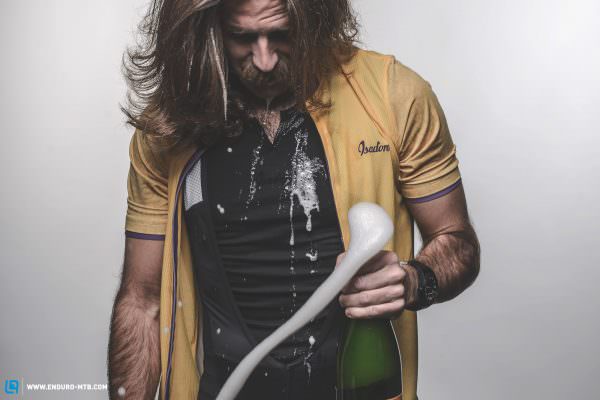
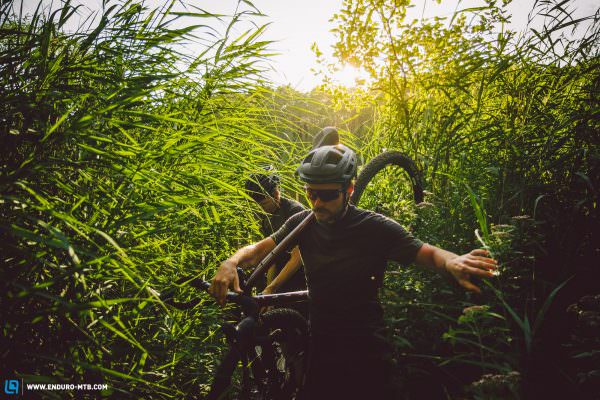
Not to mention our urban magazine DOWNTOWN. We started reimagining urban mobility between Shanghai and St. Tropez as early as 2011 and fundamentally helped change the image of urban ebikes. We were so successful that within two years, half the bike industry wanted to book us as a photography agency to do urban photoshoots for them. However, we discontinued both the agency and the magazine three years later. DOWNTOWN’s growth had stagnated and our other magazines demanded our full attention. It would have taken a disproportionate amount of work to develop DOWNTOWN and at the time, urban mobility wasn’t something that people were as passionate about as (E-)mountain biking or road bikes. Today we know that we were simply too early – DOWNTOWN was ahead of its time. However, we’ve got some good news: the time to relaunch DOWNTOWN has finally come! (Update: We relaunched DOWNTOWN, the urban mobility magazine – check it out!)
We didn’t just recognise the early potential of new topics, but also of new publishing formats. In 2013, we developed a unique app format together with a Spanish design studio, which continues to evolve and that we use to this day. Our one of a kind digital magazine offers a unique reading experience. Anyone who has been with us from the start also knows that the quality of our content has also evolved. Today, our editorial team plays in a very different league compared to most in the bike media when it comes to group tests, editorial perspectives, pioneering articles, structure, workflow, analytics and digital knowledge. In the digital world we are often recognised as the benchmark of quality. We are honoured by this, but at the same time, we see it is a mandate to never stop growing and evolving.
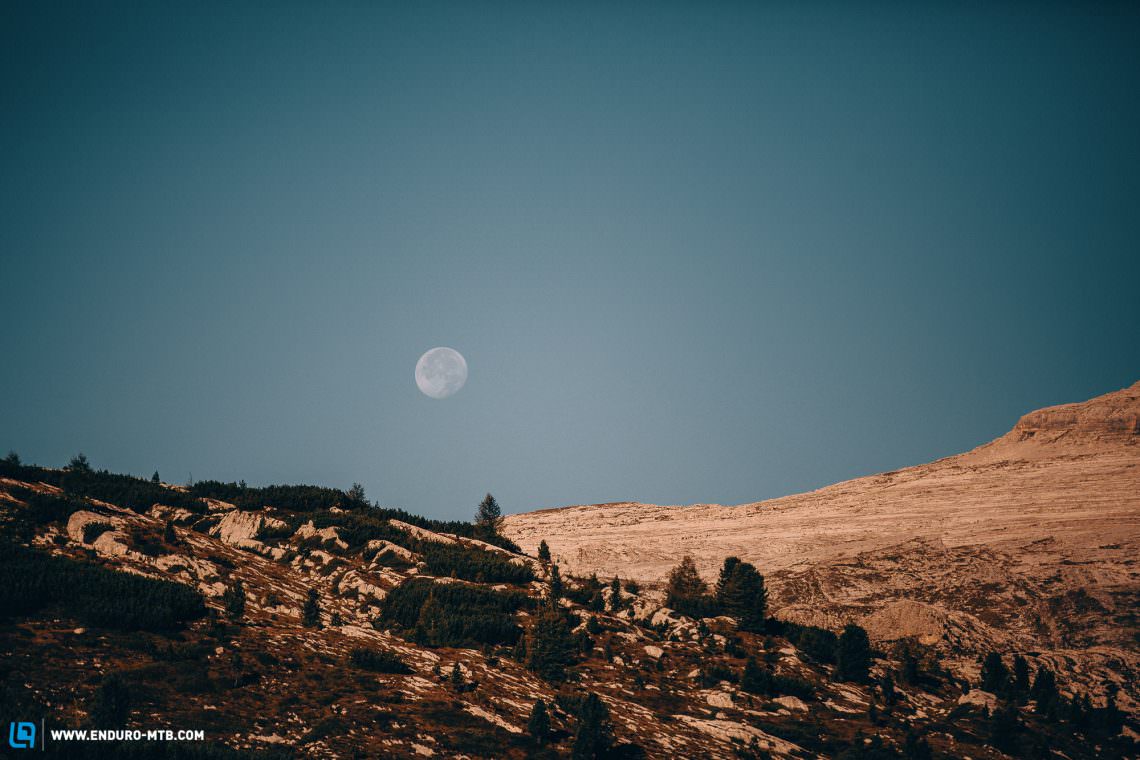
10. The future is our friend, not our opponent
Admittedly, most people and businesses hate the unknown and the uncertainty of the future. Therefore, they seek refuge in predictions and long-term plans to create a sense of control and security. Today’s world is more dynamic and fast-paced than ever. Depending on your attitude, this creates problems or opens up new, unexpected opportunities, as long as your team and your thinking is flexible. Mankind’s thinking tends to be linear, but life is not. Life never fails to throw curve balls that (hardly) anyone can foresee. The best example is the coronavirus. While our overarching ambitions can stay in place, the measures and plans we use to get there constantly have to be reevaluated. What was true yesterday, can change dramatically today and quickly become irrelevant tomorrow.
We rely on the company to grow and develop naturally. Of course, we have a goal that we’re striving for, but the strategies we use to get there are flexible. They are always informed by current potential and developments in the industry. A ten-year plan is the typical bullshit you’ll hear from antiquated corporate thinking. This may work sometimes, but what do you do when a virus comes along and messes up your and the entire world’s plan? The ultimate goal also needs to be reviewed from time to time – circumstances and people change, which not only changes needs and wants but also your goals in life. Just like kung fu, in business, perseverance is key. With the right technique and at the right time, you only need a fraction of the energy you might otherwise need to accomplish something. Of course, this requires flexibility and patience. On the other hand, those who give in to knee-jerk reactions are more vulnerable, easily thrown off course and may miss their goal entirely, even though they’d give everything to achieve it. In this context, flexibility has nothing to do with weakness but with self-preservation and efficiency. Why expend more energy when there is an easier, safer and more effective way?
I am convinced that life is the best teacher. The crucial question is, will we learn our lessons? If you listen carefully enough, you’ll identify unexplored potential and challenges early enough to exploit them, instead of letting them become missed opportunities and turning into problems. – Robin Schmitt
Covid-19 is a huge catalyst for change and is a powerful force in driving forward digitisation. The pandemic requires us to question and reassess our world before we can come up with new plans. But if you think you can simply move analogue concepts such as trade fairs into the digital realm, you haven’t arrived at the solution. Yet still, we’ve already seen this happen. You have to dig deeper and recognise true needs in times of change. We are sure that quality, honesty and trend awareness are values that will remain relevant in the future. It’s especially in these times of change that it is important to stay strong in spirit and continuously hone your skills. It is for this reason that we’ll continue to invest heavily in our team. We want to grow further and are bringing DOWNTOWN back, not just because we’re itching to do something new, but because the time is right and urban cycling is booming. Of course, none of this would be possible without the right people who form part of the 41 family.
Did you enjoy this article? If so, we would be stoked if you decide to support us with a monthly contribution. By becoming a supporter of ENDURO, you will help secure a sustainable future for high-quality mountain bike journalism. Click here to learn more.
Words: Photos: ENDURO team









